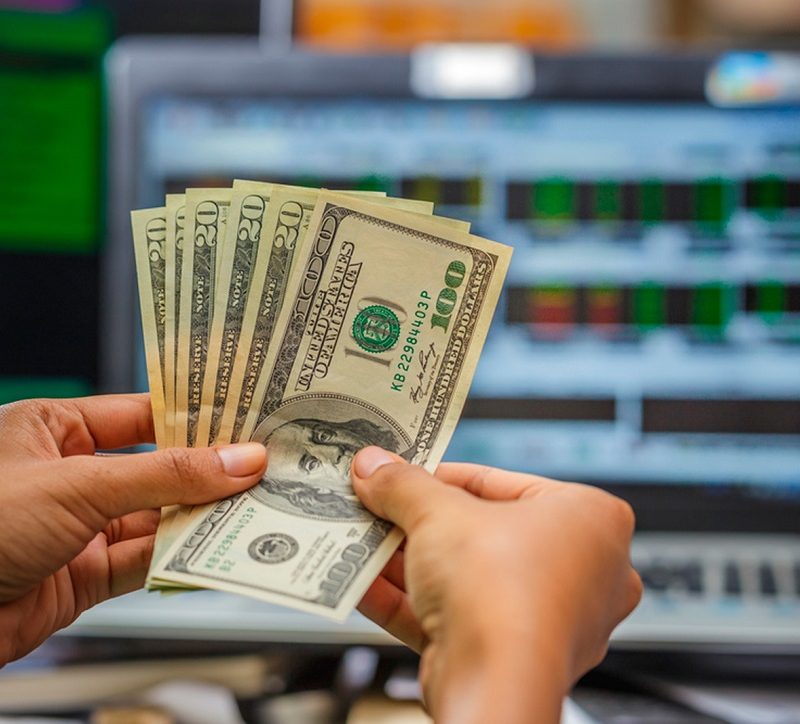British households built up their savings to the second highest level on record at the start of the year as the Covid-19 lockdown limited opportunities to spend, according to official figures.
In a development economists said could pave the way for a boom in spending as pandemic restrictions are relaxed, the Office for National Statistics said household savings rose sharply in the three months to the end of March as the third national lockdown constrained spending.
The saving ratio – which estimates the amount of money households have available to save as a percentage of their total disposable income – rose to 19.9% from 16.1% in the three months to the end of December, reaching the second highest level since records began in 1963.
The previous record of 25.9% was set in the second quarter of 2020 during the first Covid lockdown as the British economy plunged into recession.
Covid savings
Compared with an average of 8.5% during the decade before the pandemic, the higher savings ratio reflects the slump in spending while pubs, restaurants and non-essential shops were closed, at a time when many households saw their income levels maintained as more people worked from home or benefited from the government’s furlough scheme.
Paul Dales, the chief UK economist at the consultancy Capital Economics, said the higher ratio suggested households had accumulated about £190bn in additional savings during lockdowns.
UK economy surges but analysts warn boom could be short-livedRead more
“This represents a larger upside risk to the pace and duration of the economic recovery further ahead should households choose to spend it. As such, it adds to our view that the recovery will be a bit faster and more complete than most other [economic] forecasters expect,” he said.
The Bank of England expects the boom in household savings during lockdown will help to power a faster economic recovery this year as Covid restrictions are relaxed and more people return to spending in shops, pubs and restaurants. However, some economists question the rate at which households will run down their savings amid continuing risks posed by the pandemic and as some restrictions are kept in place.
The ONS said there was evidence that growing numbers of households expect to spend some part of their savings. However, it said there was uncertainty around how much would be spent this year.
Suren Thiru, the head of economics at the British Chambers of Commerce, said the business lobby group expected the strongest growth in spending since 1988 as the vaccine rollout continues and restrictions are relaxed.
“However, any momentum may start to fade later this year if consumer confidence is stifled by rising unemployment amid the end of the furlough scheme or concerns over new Covid variants,” he said.
Separate studies have shown the pattern of households accumulating higher savings during the pandemic is highly uneven. According to the Bank, it is the highest 40% of earners in the UK and retirees that have saved most, while the poorest 20% have suffered a decline in savings.
Sign up to the daily Business Today email or follow Guardian Business on Twitter at @BusinessDesk
Savings have also been concentrated among affluent people in richer southern England neighbourhoods, who were typically able to save £12 for every £1 saved by people in poorer neighbourhoods in mostly northern cities and towns, according to the Centre for Cities thinktank.
The ONS also said Britain’s economy suffered a bigger hit than first thought at the start of the year, with GDP falling by 1.6% in the first quarter, compared with a previous estimate of 1.5%.
That meant the economy at the end of March was 8.8% below its level at the end of 2019 before the pandemic struck, rather than 8.7% previously estimated. Growth has, however, continued as lockdown measures were relaxed in April and May, with most economists forecasting GDP will return to pre-crisis levels later this year or in early 2022.


